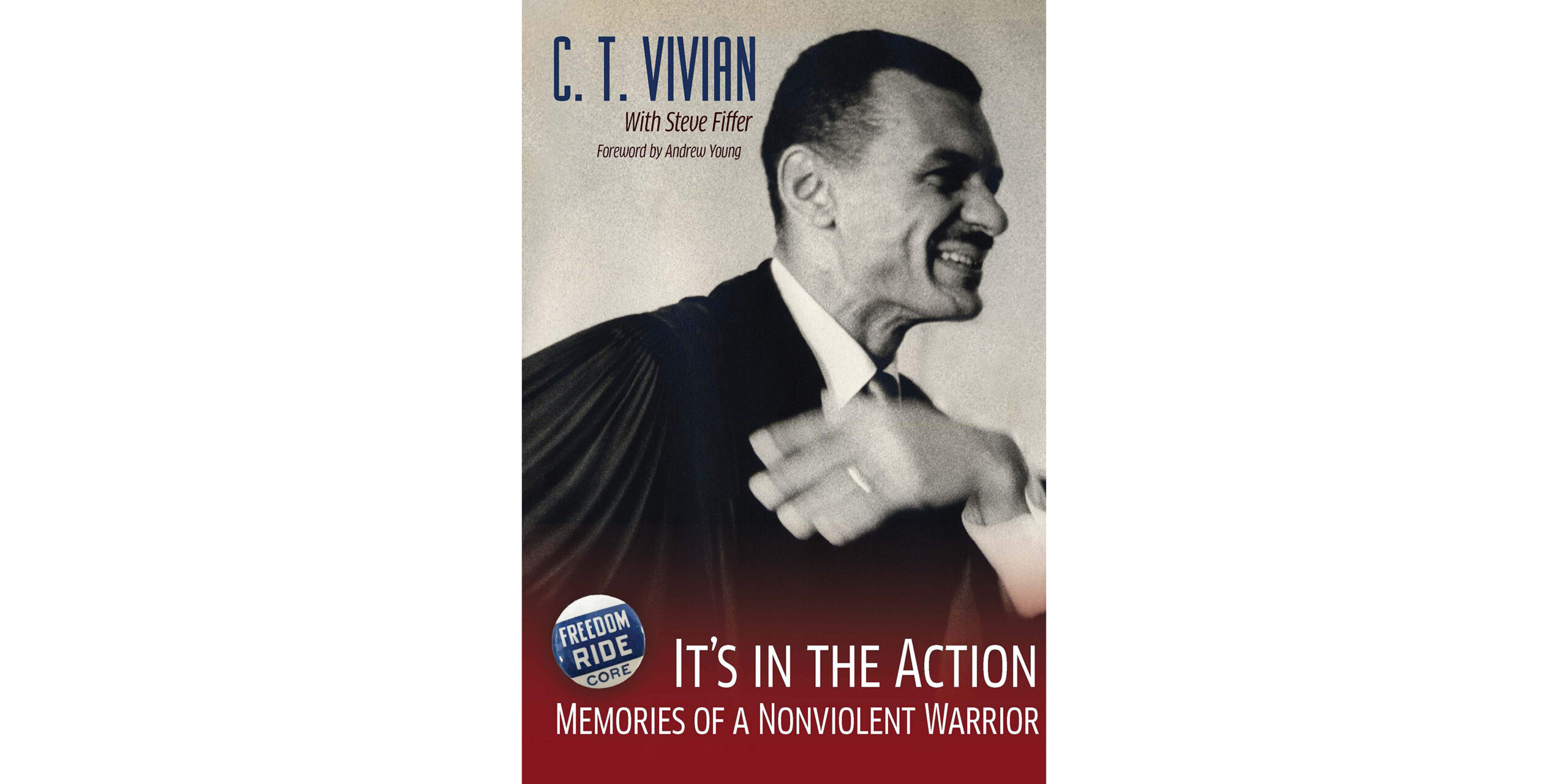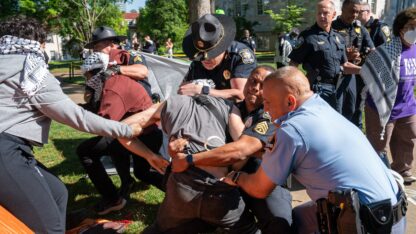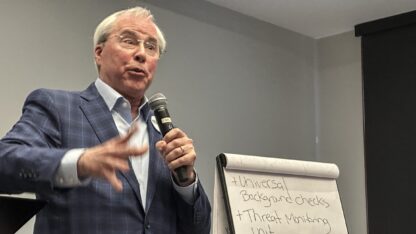Author Steve Fiffer Talks About The Life And Legacy Of Civil Rights Leader Rev. C.T. Vivian

Steve Fiffer co-wrote this memoir with C.T. Vivian.
Steve Fiffer
“The basis of all human rights today is the result of a movement that moved all of us. The lives and lifestyle of almost everyone in America today, regardless of color, was formed or decided by their actions or reaction to the civil rights movement as led and declared by Rev. Martin Luther King Jr.,” said Rev. C.T. Vivian. He was one of the Freedom Riders and an important leader of the civil rights movement, who died last July at age 95. His memoir, “It’s In The Action: Memories of a Nonviolent Warrior,” was co-written with Steve Fiffer. He joined “City Lights” host Lois Reitzes over Zoom to discuss the reverend’s legacy.
Interview highlights:
The historic confrontation with Sheriff Jim Clark at the Selma civil rights march of 1965:
“C. T. and Hosea Williams and others were leading efforts to register to vote, and they were, in general, being turned away at the courthouse. And on February 15, C. T. lead a group of about 100 people attempting to register to vote, peaceful – if you look at the photos … they’re always wearing sport coats or suits with ties, it’s very formal … C. T. speaks peacefully to Sheriff Clark about wanting to register to vote, to exercise their constitutional rights,” said Fiffer. “Clark pushes him down the stairs. Clark ended up breaking a finger by hitting him so hard. And C. T. gets up, brushes himself off, and goes right back up to Clark and talks to him about the nature of evil, constitutional rights, asks ‘Are you a Christian?’”
Memories from growing up in Missouri in the 1960s:
“It was kind of a mixed childhood. He had a lot of wonderful white friends, who wanted to include him in a lot of things, but they were often stymied by their parents … he would be told by a teacher, ‘You won the role as the lead in the class play, but because you’re black, all you can do is paint sets,’ recounted Fiffer.
“He was a fighter. There were some bullies in his class; there were some white bullies and black bullies in his class that he confronted … and at some point, he just realized that that was not the best way to handle conflict,” said Fiffer. “From that point forward, it was action of a nonviolent manner, rather than the confrontational using-your-fists that he expressed himself with the rest of his life.”
On the meaning of the memoir’s title, “It’s in the Action:”
“He always believed that despite … his love of words, you had to get out and take your philosophy, take your grievance, take your honorable position out onto the streets, or into the halls of Congress, or wherever you could effect change. You had to act. Just talking – despite being the greatest preacher who ever lived – was not enough. It’s in the action that change is made.”





